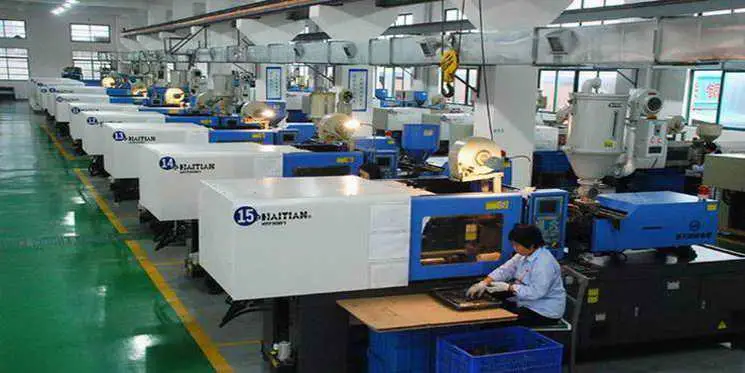What is EVA (Ethylene-Vinyl Acetate Copolymer), and what are its properties and uses?
EVA is produced by a high-pressure bulk polymerization method initiated by free radicals, under process conditions of 150–160 MPa and 200–220°C. By adjusting the ratio of the two monomers, ethylene and vinyl acetate, copolymers with different properties can be obtained. Because vinyl acetate groups form small branches on the ethylene backbone in EVA, this disrupts the original crystalline structure, reduces the crystallinity of ethylene on those branches, and increases the distance between molecular chains. Therefore, EVA is more elastic and softer than polyethylene (PE). The higher the vinyl acetate content in the molecular chain, the lower the crystallinity of the copolymer, making its properties more rubber-like. Thus, the properties of EVA materials can be changed by adjusting the content of the vinyl acetate monomer.
(1) Common Properties of EVA
When the vinyl acetate content in EVA is less than 20%, it can be used as a plastic. EVA has excellent low-temperature resistance and a relatively low thermal decomposition temperature of about 230°C. As the molecular weight increases, the softening point of EVA rises, its processability and the glossiness of molded parts decrease, but its strength increases, and impact toughness and environmental stress crack resistance improve. EVA’s chemical resistance and oil resistance are slightly inferior to those of PE and PVC. Its weather resistance is somewhat enhanced and shows more noticeable changes over time.
The performance improvements of EVA over PE mainly include elasticity, flexibility, gloss, and breathability. Additionally, its environmental stress crack resistance is improved, and its acceptance of fillers is increased, allowing more reinforcing fillers to be added to avoid or reduce the decline of EVA’s mechanical properties compared to PE. EVA can also be modified for new applications, mainly in two ways: first, as a backbone for grafting other monomers, and second, by partial alcoholysis of EVA.
(2) Main Uses of EVA
EVA has good elasticity and flexibility and can be used to manufacture various hoses, such as those for washing machines, refrigerators, and liquefied gas transport. It is also used to produce stress crack-resistant wire and cable sheaths, as well as everyday items like toys, decorative products, and motorcycle seat cushions. Due to its good elasticity and flexibility, EVA can be used to make construction underlay materials, vibration damping materials, and covering materials. EVA can also serve as an excellent film material for food packaging, especially for meat products.

